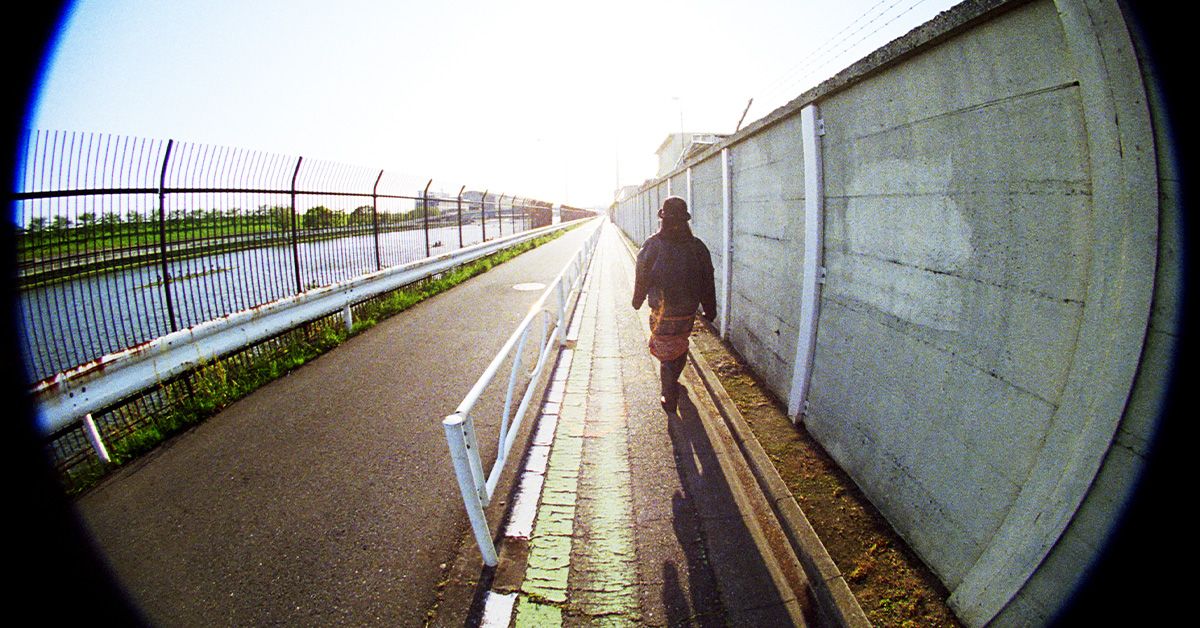An atmospheric river is barreling toward Southern California this week and could bring heavy rain and, with it, a risk of flooding and debris flows in recently burned areas.
“This is a long-duration event,” Ryan Kittell, a meteorologist with the National Weather Service office in Oxnard, said Wednesday afternoon. “We expect many, many hours of widespread rain over the area.”
There will be two main peaks of the storm for the Los Angeles area — Thursday night into early Friday, and then on Saturday. Saturday is of particular concern, as there is a high degree of uncertainty in the forecast, even just days beforehand.
Evacuation warnings are in effect from 6 p.m. Thursday through 11 a.m. Sunday in areas near recent burn scars due to the risk of mud and debris flows. This includes areas near the Palisades, Eaton, Kenneth, Sunset and Hurst fires that burned in January’s firestorms.
One concerning scenario would be the storm sitting just off the California coast, which would produce “several hours of pretty steady, moist southeast flow, with quite a bit of instability,” Kittell said.
There is “the potential for bursts of heavy rain, which would induce flash flooding and/or debris flows” on Saturday, Kittell said. There’s also a remote risk of other severe weather events, including localized damaging winds and even a tornado.
It’s possible, however, that Saturday could prove to be somewhat of a bust. Because that system will be part of what’s known as a “cut off low,” in which the low-pressure system is cut off from the jet stream, Kittell said, “it will just spin around like a top and go where it pleases — very difficult to predict.”
One such scenario, he said, involves the mass of low pressure spinning and pulling away from the coast, “and actually produces very little of any rain for our area.”
If rain ends up falling to the extent forecasters expect, “this will certainly get us close to the end of the fire season,” Kittell said.
The storm is expected to arrive in Northern California on Wednesday and reach Southern California on Thursday, according to the National Weather Service. The system could produce the most rain downtown Los Angeles has seen since February.
Here’s what we know about the forecast over the next few days:
When is the rain coming? How long will it last?
Thursday: The storm system is expected to land in Southern California on Thursday, dumping about 0.1 to 0.2 of an inch of rain across L.A. County through the day. On Thursday night, the coasts and valleys could get an additional 0.75 to 1.5 inches, with higher amounts of rain — between 1.25 to 1.75 inches — in the mountains and foothills.
Friday: The coasts and valleys could get 0.5 to 1 inch of rain during the day while the mountains could get 0.75 to 2 inches. On Friday night, the coasts and valleys could get 0.33 to 0.5 inches of rain, while the mountains could get 0.75 to 1 inch of rain.
Saturday: During the day, the coasts and valleys are expected to get 0.5 to 1 inch of rain, while the mountains could also get 0.5 to 1.5 inches. Through Saturday night, the coasts and valleys could get 0.1 inches of rain while the mountains could get 0.1 to 0.15 inches.
Sunday: As the storm dissipates, most areas are projected to get 0.1inch or less.
In total, the system could deposit 2 to 2.35 inches of rain across the coasts and valleys and 3 to 5 inches in the mountains.
In the scenario forecasters believe is most likely as of Wednesday afternoon, downtown L.A. is expected to get 2.62 inches of rain Thursday through Sunday. But there’s about a 25% chance downtown could see significantly less rain, about 1.39 inches; and an equal chance it could see far heftier rainfall totaling about 4.81 inches.
What are the risks?
Winds could be an issue, with peak gusts of 50 mph along the Grapevine section of the 5 Freeway and in the Antelope Valley. The freeway is a key transportation route for cargo-bearing big rigs. Winds could hit 21 mph in downtown L.A., 24 mph in Long Beach, 25 mph in Santa Clarita, 32 mph in Redondo Beach and 39 mph in Lancaster.
Peak rain fall rates are expected to be 0.25 to 0.5 inches per hour, with the potential for up to 1 inch per hour at peak times.
The key threshold for rainfall rates that can trigger significant debris flow is half an inch per hour or greater.
Topanga Canyon Boulevard between PCH and Grand View Drive will close at 10 p.m. on Thursday due to the high potential for heavy debris flows, according to the California Department of Transportation. It is expected to remain closed through the Friday morning commute and potentially through the weekend.
The storm could also snarl traffic in Los Angeles and Ventura counties Thursday afternoon through Saturday.
What does it means for fire season?
Officials generally like to see 3 to 4 inches of widespread rain in lower elevations to end the fire season. Downtown L.A. already received 1.38 inches of rain on Oct. 14.
Prior to that, the last calendar day where downtown got more than an inch of rain was on March 13, when 1.03 inches fell.
Last winter, it took three storms in late January, early February and mid-February to end Southern California’s high fire weather season. The biggest of those was between Feb. 12 and Feb. 14, when 2.94 inches of rain fell in downtown L.A., with 2.8 inches falling on Feb. 13.
Source link


